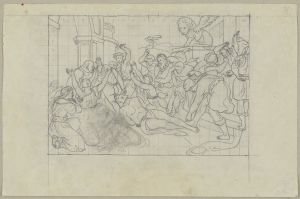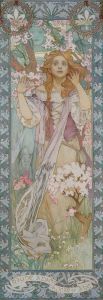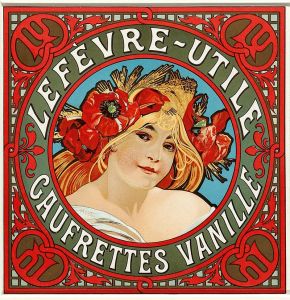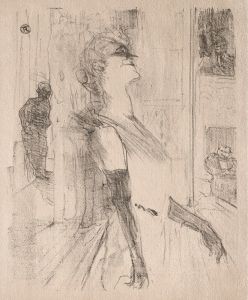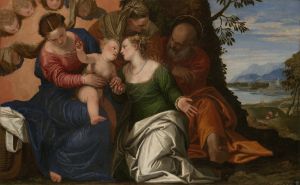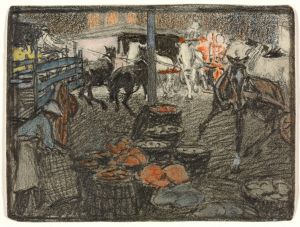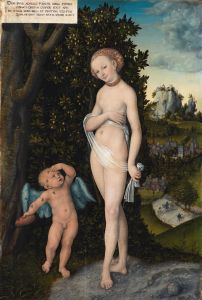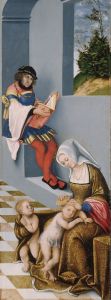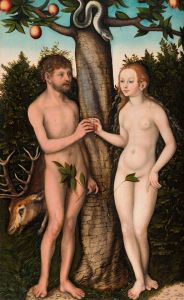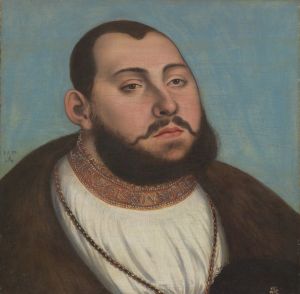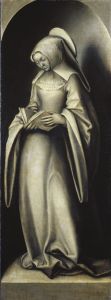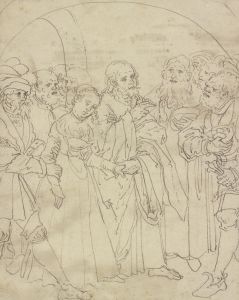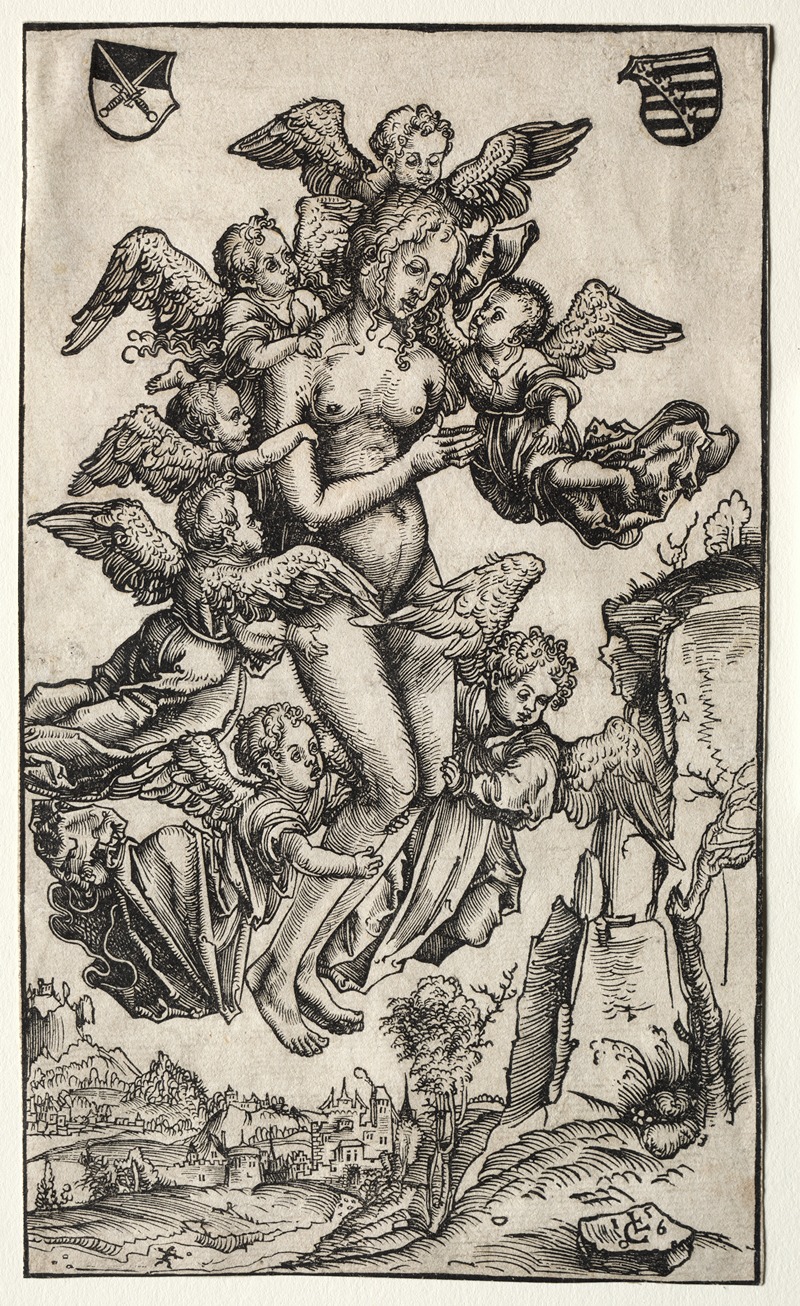
The Ecstasy of St. Mary Magdalene
A hand-painted replica of Lucas Cranach the Elder’s masterpiece The Ecstasy of St. Mary Magdalene, meticulously crafted by professional artists to capture the true essence of the original. Each piece is created with museum-quality canvas and rare mineral pigments, carefully painted by experienced artists with delicate brushstrokes and rich, layered colors to perfectly recreate the texture of the original artwork. Unlike machine-printed reproductions, this hand-painted version brings the painting to life, infused with the artist’s emotions and skill in every stroke. Whether for personal collection or home decoration, it instantly elevates the artistic atmosphere of any space.
"The Ecstasy of St. Mary Magdalene" is a painting by Lucas Cranach the Elder, a prominent German Renaissance artist known for his portraits, religious scenes, and mythological subjects. Cranach was a contemporary of Albrecht Dürer and a close friend of Martin Luther, which significantly influenced his work and the themes he chose to depict.
Lucas Cranach the Elder was born in 1472 in Kronach, Franconia, and he became one of the leading painters of the German Renaissance. He was appointed court painter to the Electors of Saxony in Wittenberg, where he produced a vast number of works, including portraits of the reformers and numerous religious paintings.
"The Ecstasy of St. Mary Magdalene" is a notable work within Cranach's oeuvre, although specific details about its creation, such as the exact date, are not well-documented. The painting depicts St. Mary Magdalene, a significant figure in Christian tradition, who is often portrayed as a repentant sinner and a devoted follower of Jesus Christ. In Christian iconography, she is frequently shown in moments of deep contemplation or spiritual ecstasy, reflecting her intense devotion and penitence.
In this painting, Cranach captures the moment of spiritual ecstasy experienced by St. Mary Magdalene. She is typically depicted with long, flowing hair, which is a common attribute in her iconography, symbolizing her previous life of vanity and her subsequent repentance. The expression on her face and her posture convey a sense of rapture and divine connection, emphasizing her transformation and spiritual fervor.
Cranach's style is characterized by his precise and delicate line work, as well as his ability to convey emotion through facial expressions and body language. His use of color and attention to detail are evident in "The Ecstasy of St. Mary Magdalene," where the textures of the fabrics and the naturalistic rendering of the figure contribute to the overall impact of the painting.
The painting reflects the religious and cultural context of the time, particularly the influence of the Protestant Reformation. Cranach's association with Martin Luther and his role as a court painter in Wittenberg meant that his work often intersected with the theological debates and shifts occurring during the early 16th century. While "The Ecstasy of St. Mary Magdalene" is a religious work, it also embodies the humanist tendencies of the Renaissance, focusing on individual experience and emotion.
Today, Lucas Cranach the Elder's works are held in high regard, and his paintings can be found in major museums and collections around the world. "The Ecstasy of St. Mary Magdalene" is an example of his skill in combining religious themes with a deeply personal and emotional portrayal of his subjects, making it a significant piece within the broader context of Renaissance art.





